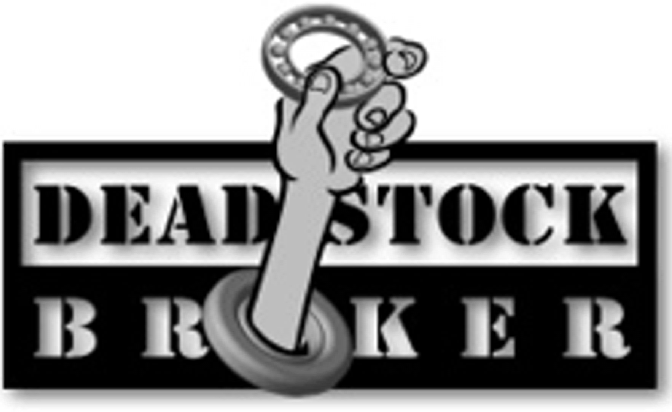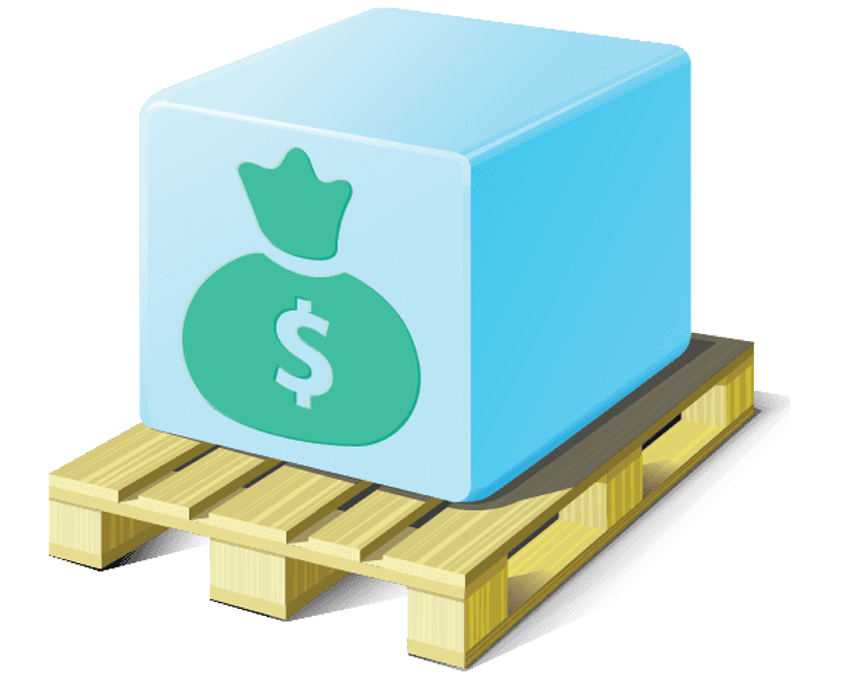When it comes to profit, purchasing can outperform the sales department.
Did you know that the Purchasing Dept. can add profit to the bottom line faster than the sales dept. can? It takes from 2-4 weeks for the average industrial sales representative to generate $100,000 in sales. Of that, $3,500 is net profit before taxes.
The Purchasing Department can add more than that amount of profit to the bottom line in an afternoon or less. When Purchasing places an order for $10,000 worth of good, fast-moving stock from the DeadStock Broker, the cost is $6,500 (or less) – a savings of $3,500 (or more) which goes directly to the bottom line.
Scenario #1
Businesses today are concentrating on reducing costs, increasing efficiency and of course, maximizing profits. Often this results in people concentrating on ‘buying smart’, being ‘lean’ or other such terms floating around today. In reality one of the largest hidden costs is in so-called dead inventory. We all know the ‘associated’ costs with dead inventory, such as interest lost and warehousing fees. Few people take into account the other factors involved with dead inventory dollars.
Say a business has a dead inventory of $1,000,000. The typical point of view is that with a warehousing fee of about 4% and an interest rate of 7% their cost over the year is 11% or $110,000.
In actuality the costs associated with this so-called dead inventory actually total up as follows…
Warehousing Costs: 4%
Interest Cost: 7%
+
Expected profit margin: 25% x
Industry Standard Turns per Year: 4 = 100%
Cost of Dead Stock = 111% per year !!!!
The costs that should be associated with dead inventory are huge. Not only dead inventory falls under this calculation, but inventory in excess of 1 years’ supply is subject to this incurred cost as well. Overstock and dead stock are killers. Let’s try and get these down and put the money back into the company.
Scenario #2
Consider the case of a distributor who has an average inventory value of $800,000. Let’s assume that 10% of that is non-moving inventory. Most distributors believe that inventory carrying costs are in the 30% range.
If this is the case, the cost of carrying that $80,000 of dead inventory is $24,000. This is an unnecessary cost that reduces the distributor’s net profit before taxes by $24,000. If the net profit of this distributor is 3% of sales, what amount of sales must be generated to offset this $24,000?
The sales increase necessary to generate $24,000 at 3% net, is a staggering $800,000! Which do you think is easier for this distributor to achieve – a 10% reduction in inventory, or an extra $800,000 in sales? Each exercise has the same effect of putting $24,000 profit into the business.
Next, let’s look at ways to make it painless to do the write downs necessary to clear this excess inventory:
Step 1:
Buy two $1,000 lots of fast-moving inventory from Deadstock Broker at 50% discount.
This represents a savings of $1,000
Step 2:
Sell one $1,000 lot of your dead inventory at 75% discount.
This represents a loss of $750 on this step, but still a net gain of $250.00, when combined with step one.
Step 3:
Realize that you have exchanged your one lot of useless inventory for two lots of fast-moving inventory and have an extra $250.00 cash as well!!!
Step 4:
Repeat the above steps.
why choose us
There are few companies that do what we do as well as we do it!
We are a fun place to work in a relaxed environment and look forward to dealing with our customers.
Warehouse locations
Our inventory located in warehouses across Canada the lower 48 United States. We ship directly from the source to you. Freight on Board (F.O.B.) is indicated on each lot to help estimate shipping costs.
20+ Dealer Locations in North America



